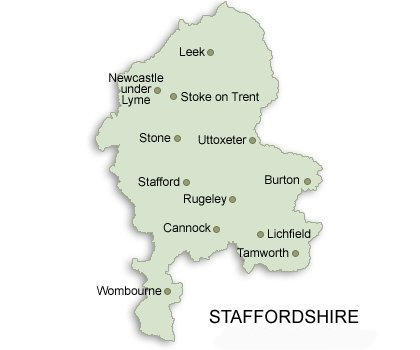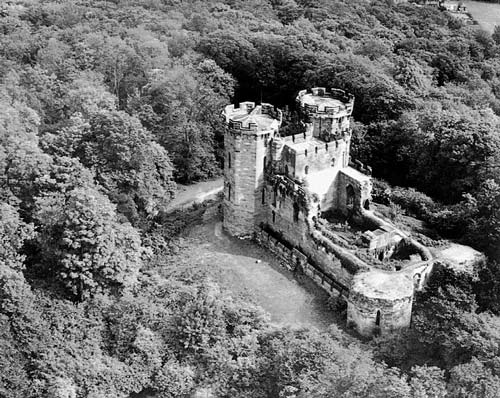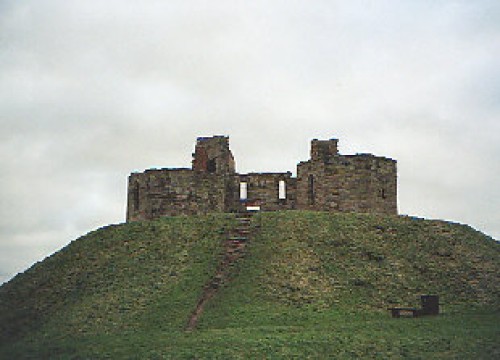Ralph, 1st Earl of Stafford
It was the exploits of Ralph, created 1st Earl of Stafford during the initial outbreak of the Hundred Years War, which catapulted the family into the great nobility. The creation of the Earldom was in part due to his diplomatic and military services on behalf of Edward III in France and also newfound wealth. This wealth came from the estates of the childless Gilbert De Clare, Earl of Hereford and Gloucester, whose possessions were divided up between his three surviving sisters in 1317. Margaret, the second of these, received the lordship of Newport in Wales and much other property across southern England. Her marriage to Hugh Audley produced one daughter, also named Margaret, who stood to inherit all the wealth of her mother making her a highly desirable commodity on the marriage market.
After the death of his first wife, Ralph led an armed raid on the Audley's house at Thaxted and abducted the young Margaret. Far from disapproving of Ralph's second matrimonial venture, King Edward seems to have intervened to protect him from Hugh Audley's wrath. Edward III and Ralph knew each other well through many years campaigning together and fighting together in France. With an income twenty times greater than his own this affected a massive coup on the part of the Staffords, rewarding them with lands and property worth a reputed £2,314 a year. By 1343, nine years later, Hugh Audley was sufficiently reconciled enough to settle all his wife's property on Ralph. No sooner had this been done than the Castle and Lordship of Caus in Shropshire worth £265 a year passed to him from his grandmother Alice Corbet.
When Ralph died in 1372 he was a wealthy man, the inquisition post mortem seems to have valued him at £1,432 per annum. However, from 1351 onwards he appears to have been worth twice this sum, the Audley and Corbet estates coming to £3,350 a year between them. From his parents he inherited a further £200 a year and received an annuity of 1,000 marks a Earl of Stafford. His two sons, Ralph and Hugh, made successful marriages to Matilda of Lancaster (daughter of Henry of Grosmont, successively Earl of Derby and Duke of Lancaster) and Philippa Beachamp (daughter of Thomas Beachamp, Earl of Warwick). Hugh, who enjoyed great popularity throughout his life and received many rewards under Richard II, eventually succeeded him. He died on his return from pilgrimage to Jerusalem in 1386, one year after the death of his eldest son Ralph in a brawl with the Earl of Huntingdon, during the Scottish campaign of 1385.
|




